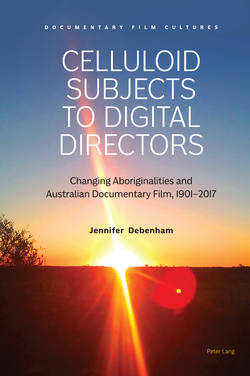Читать книгу Celluloid Subjects to Digital Directors - Jennifer Debenham - Страница 13
На сайте Литреса книга снята с продажи.
Introduction
ОглавлениеThe phenomenon of using film to inform a mass audience began in the early twentieth century. Its invention coincided with three critical moments in Australian history: the federation of the six Australian colonies to form the Australian nation; the rise of the academic discipline of anthropology; and the widespread belief that the nation’s Aboriginal and Torres Strait Island peoples were on the brink of extinction. In this environment, biological and medical scientists used the medium of film to make what they believed to be permanent records of Aboriginal people for posterity. A century later, the descendants of the “extinct” people were making their own films to tell their own stories for fellow Indigenous1 peoples and to inform a non-Indigenous audience.
This is a survey of the extraordinary journey taken by Australian documentary filmmakers from 1901 to 2017 in the visual representation of Australia’s Aboriginal people. Its purpose is to explore the filmmakers’ key role in constructing attitudes towards Australia’s Aboriginal peoples over the last century. The documentary films are a creation of and by Australia’s history, and play a significant role in national identity formation and nation building. But the films do more; they demonstrate how at different times Australians understood Aboriginality and how the extinction of the Aboriginal and Torres Strait Islander population could be rationalised as the inevitable outcome of the colonial process.
The over-arching discussion connects the exploration of the documentary films to developments in scientific discourses with political and social debates about Aboriginal peoples. Rather than examining the films entirely through the theoretical models employed in film studies, the methodological approach uses the films to anchor the discussion about the nature of race relations in Australia. It emphasises their value ←1 | 2→as cultural and historical artefacts and demonstrates how each film graphically illustrates the continually shifting relationship between ideology and technology.
